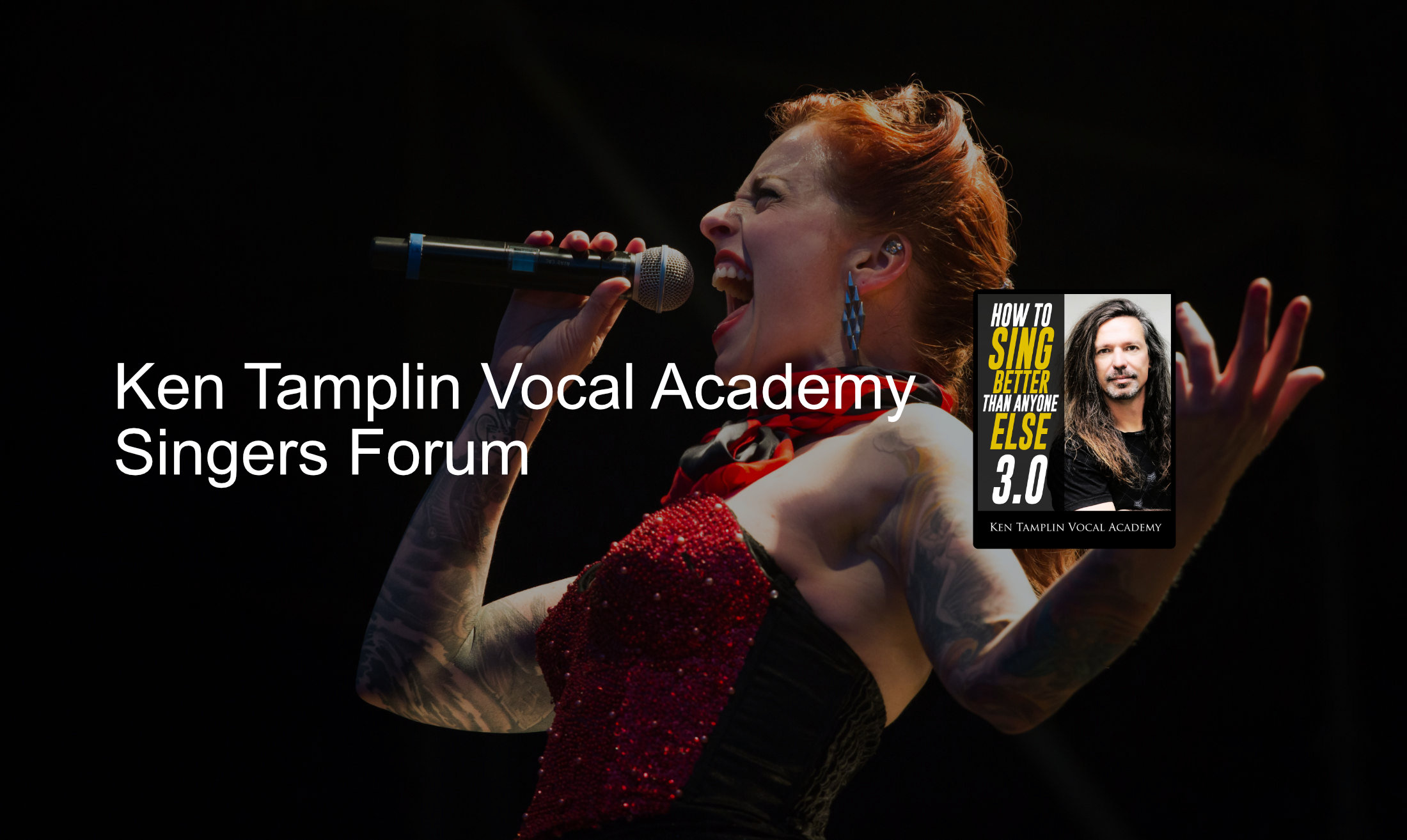What Does Ken Mean By Finding Your Transition During Warm Ups?
 kingchristian
Pro, 2.0 PRO Posts: 24
kingchristian
Pro, 2.0 PRO Posts: 24
Hello Friends,
I have gone through Volume 1 and i heard Ken mention that we should try to extend our chest voice as high as we can in the exercises before it transitions. But what exactly does he mean by transition? Is that the part when the uvula (soft pallet) starts to go up? Or when the vowel changes its sound? (example ah to uh, as in hook?) If the second one is true, what is an easy way to hear the changes? I have a hard time hearing it. Thanks for the help!
P.S Is it still chest voice when my uvula goes up? When the uvula goes up, I feel like I'm singing in falsetto with a closed throat. However, there is no airiness to my voice (except for the first time it goes up). Is that normal or am i doing something wrong?
I have gone through Volume 1 and i heard Ken mention that we should try to extend our chest voice as high as we can in the exercises before it transitions. But what exactly does he mean by transition? Is that the part when the uvula (soft pallet) starts to go up? Or when the vowel changes its sound? (example ah to uh, as in hook?) If the second one is true, what is an easy way to hear the changes? I have a hard time hearing it. Thanks for the help!
P.S Is it still chest voice when my uvula goes up? When the uvula goes up, I feel like I'm singing in falsetto with a closed throat. However, there is no airiness to my voice (except for the first time it goes up). Is that normal or am i doing something wrong?


Comments
When your uvula goes up, you should be maintaining the feeling of a yawn, which is an open throat. You want to resist the temptation to close the throat when you transition into head voice.
You don't want airiness in your voice, so you are probably doing it right. We would have to hear a sample of you transitioning on a basic lah scale to hear if you're doing it right.